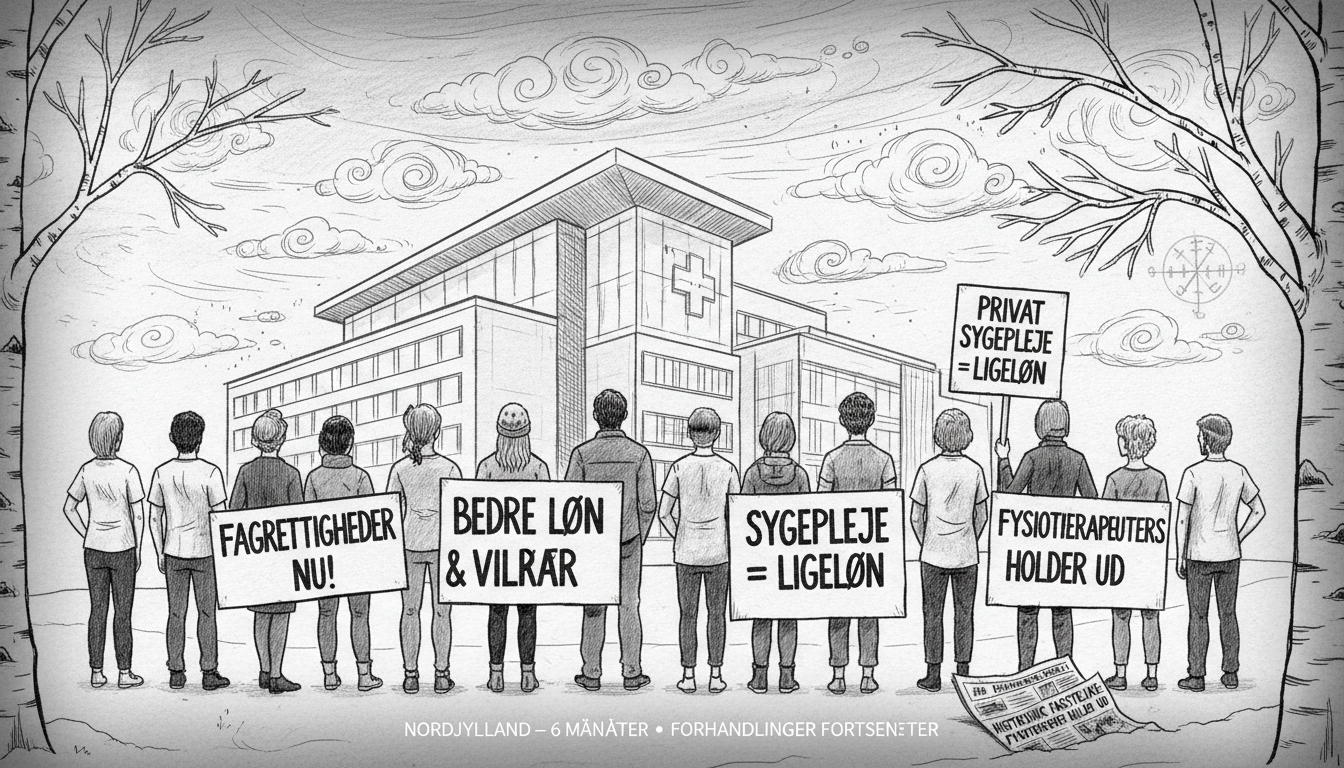A remarkable labor dispute continues to unfold in Denmark's Vendsyssel region. Twelve physiotherapists at Benefit Nord have been on strike for six months, fighting for their first collective agreement with better pay and working conditions.
Union leader Signe Lærke Børsting describes the duration as extraordinary. She states she knows of no other Danish strike that has lasted this long, calling it historically significant.
The striking physiotherapists face substantial financial disadvantages compared to their publicly employed counterparts. They earn approximately 150,000 kroner less annually, receive no pension benefits, lack paid sick days for caring for ill children, and don't get the sixth week of vacation standard in many Danish workplaces.
This strike represents a pivotal moment for Denmark's private healthcare sector. No collective agreements currently exist between physiotherapists and private practices nationwide. The outcome at Benefit Nord could establish a precedent for similar agreements across the industry.
Labor market researcher Laust Høgedahl from Aalborg University previously noted this venture into uncharted territory. He emphasized the importance of success here for creating pathways to similar agreements at comparable workplaces throughout Denmark.
The financial backing appears solid for the prolonged action. The physiotherapists' union belongs to Serviceforbundet, which maintains a well-funded strike fund. This financial security removes pressure to settle prematurely.
Børsting remains determined about seeing the strike through to completion. She emphasizes their commitment to securing proper working conditions and salaries aligned with the rest of the Danish labor market.
Danish Employers confirm negotiations continue. They indicate in communications that discussions proceed with the aim of reaching agreement on a collective contract soon.
This dispute highlights broader tensions in Denmark's evolving labor market. As more healthcare services move to private providers, establishing fair working standards becomes increasingly important. The strike's outcome could influence labor relations across Scandinavia's private healthcare sector.
The prolonged nature of this industrial action demonstrates both sides' commitment to their positions. It also shows the challenges of establishing first-time collective agreements in sectors without existing frameworks.
International observers should note this strike's potential implications for healthcare labor markets across Northern Europe. Similar patterns of privatization and subsequent labor organization could emerge in Sweden, Norway, and Finland.
What makes this strike particularly noteworthy is its symbolic value. Success here could empower other healthcare professionals in private practice to pursue similar collective bargaining agreements.
The determination on both sides suggests this could continue for some time. Yet the ongoing negotiations indicate neither party has abandoned hope for resolution.

